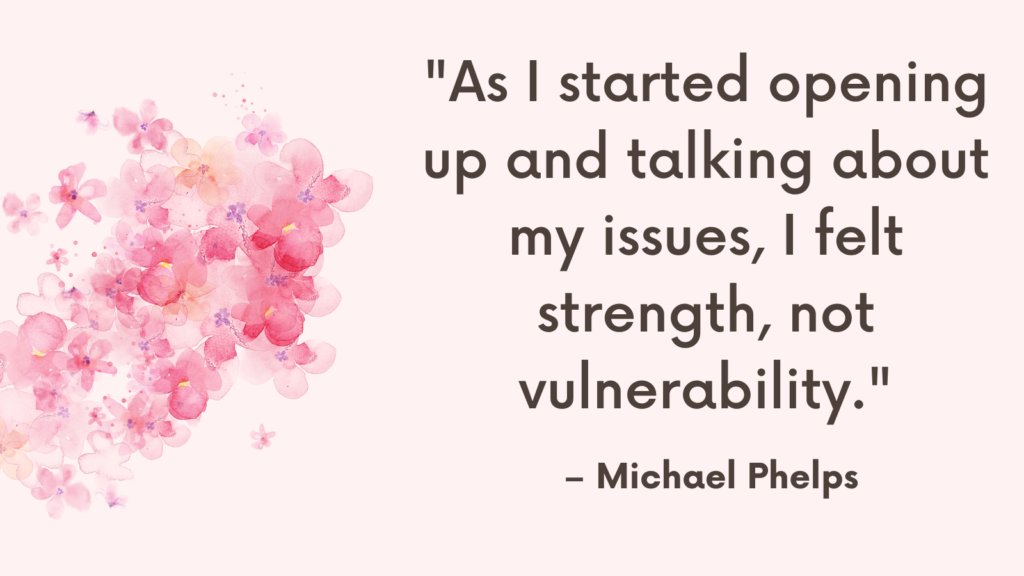In this post, you’re going to learn all about functional freeze – what is it, its signs, and how to overcome it.
What Is Functional Freeze?
Functional Freeze is a term used within the context of trauma response, expanding on the traditional “fight, flight, or freeze” responses to perceived threats.
It represents a state where an individual, while experiencing overwhelming stress or trauma, manages to maintain a level of functionality in their daily tasks and responsibilities.
This response is a complex psychological and physiological reaction to stress that allows the person to continue engaging in work, academic, or social activities despite being in a state of internal distress or disconnection.
Functional Freeze can be seen as a survival mechanism, similar to the more widely recognized freeze response, but with an added layer of complexity.
Instead of becoming completely immobilized or detached from reality (as in dissociation), individuals experiencing functional freeze continue to perform tasks, often with a high degree of competence.
However, this functionality comes at a cost, as it may prevent the person from fully processing their emotions or seeking help, leading to prolonged distress.
Related: Top 10 Signs You’re Stuck In Freeze Response
Top 10 Signs of Functional Freeze
Here are ten signs that someone might be experiencing Functional Freeze:
1. Emotional Numbness
Individuals may feel disconnected from their emotions, experiencing a sense of numbness or an inability to access their feelings, even in situations that would typically elicit a strong emotional response.
2. Autopilot Mode
A sense of going through the motions in daily life without being fully present or engaged. Tasks are completed more out of routine than conscious decision-making.
3. Decreased Sense of Self
There might be a diminished sense of personal identity or a feeling of disconnection from oneself, leading to questions about one’s values, preferences, and desires.
4. Compartmentalization
A tendency to compartmentalize or separate different aspects of life rigidly, avoiding the spill-over of emotions from one area (like personal issues) into another (such as work).
Related: Dysregulated Nervous System: Top 9 Signs & How to Heal
5. Overemphasis on Productivity
Placing an unusually high value on productivity and accomplishment as a means to justify one’s worth or to avoid confronting emotional pain.
6. Social Withdrawal
Despite maintaining functionality in tasks, individuals may withdraw from social interactions and relationships, often because these require emotional engagement that feels too difficult or draining.
7. Physical Symptoms of Stress
Experiencing physical symptoms related to stress, such as headaches, fatigue, gastrointestinal issues, without a clear physical cause, indicating the body’s response to unresolved emotional distress.
8. Difficulty Accessing or Expressing Emotions
Challenges in identifying what they are feeling or expressing emotions to others, which can lead to misunderstandings in personal relationships and a sense of isolation.
9. Mental Fog or Difficulty Concentrating
Periods of mental fog, forgetfulness, or difficulty concentrating on tasks, not due to any underlying cognitive issue but as a symptom of being emotionally overwhelmed.
10. Delayed Reaction to Stress
Experiencing a delayed emotional reaction to stressful events or trauma. The initial response might be muted or absent, with emotions surfacing hours, days, or even weeks later, often unexpectedly.
Related: Emotional Dysregulation Test [A Quick Test]
How to Overcome Functional Freeze?
1. Acknowledge the Freeze
The first step is recognizing and acknowledging that you’re experiencing Functional Freeze. Understanding that this is a response to stress or trauma can help you begin to address the underlying issues.
2. Seek Professional Support
Therapy can be incredibly beneficial, especially with a therapist who understands trauma and its impact on the body and mind.
Therapeutic approaches like Cognitive Behavioral Therapy (CBT), Eye Movement Desensitization and Reprocessing (EMDR), and Somatic Experiencing can help address the roots of Functional Freeze.
3. Develop Emotional Awareness
Practices such as mindfulness meditation can enhance your awareness of the present moment, including your feelings and bodily sensations.
This increased emotional awareness can gradually help you reconnect with your emotions, even those that are uncomfortable or painful.
4. Practice Self-Compassion
Functional Freeze can be accompanied by self-criticism or judgment.
Practicing self-compassion involves treating yourself with the same kindness, concern, and support you would offer a good friend.
This can help you navigate your healing journey with more gentleness and understanding.
Related: The Big List of Emotions
5. Focus on Body-Based Therapies
Since Functional Freeze involves a disconnection from the body’s emotional experiences, engaging in body-based therapies can be helpful.
This might include massage therapy, or any physical activity that helps you become more attuned to your physical sensations and emotions.
6. Establish Healthy Boundaries
Learning to set and maintain healthy boundaries is crucial in overcoming Functional Freeze.
Boundaries help you protect your energy and emotional well-being, allowing you to engage with others in a way that feels safe and respectful to your needs.
7. Journaling
Writing about your thoughts, feelings, and experiences can provide an outlet for expression and reflection.
Journaling can help you process emotions and gain insights into your behaviors and patterns.
Related: Top 21 Emotional Writing Prompts To Process Emotions
8. Gradual Exposure to Emotional Experiences
Gently exposing yourself to situations that evoke emotions can help you become more comfortable with your feelings.
Start with low-stakes situations and gradually work your way up as you feel more capable of handling emotional responses.
9. Create a Self-Care Routine
A regular self-care routine can bolster your emotional and physical resilience.
Incorporate activities that nourish you, such as reading, taking baths, spending time in nature, or engaging in hobbies that bring you joy.
Related: How To Feel Your Feelings? Top 9 Difficult Emotions To Cope With In Healthy Ways

Conclusion
Overcoming Functional Freeze is a journey that involves reconnecting with yourself, understanding and processing your emotions, and learning new ways to cope with stress and trauma.
It’s a process that takes time, patience, and often professional guidance.



